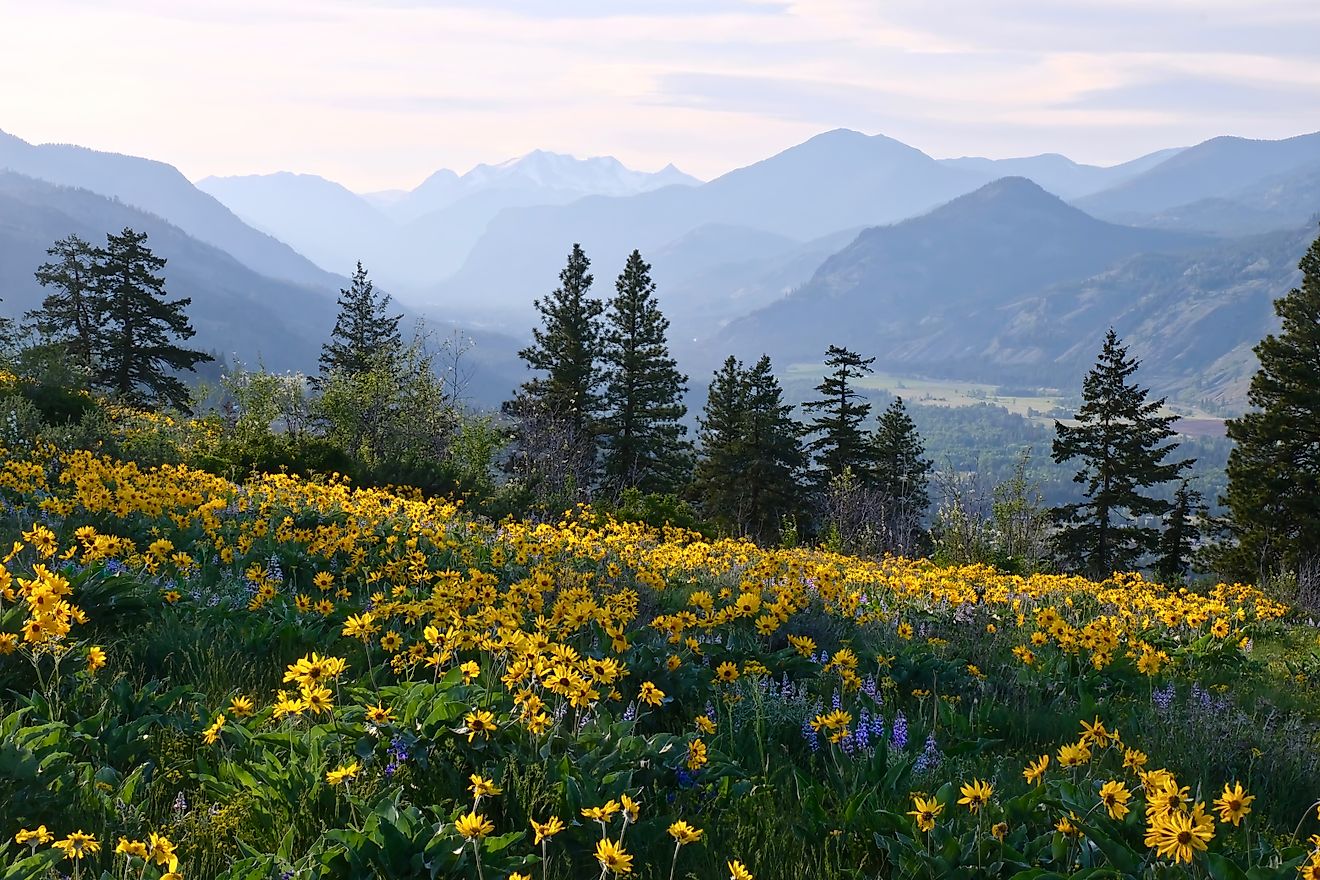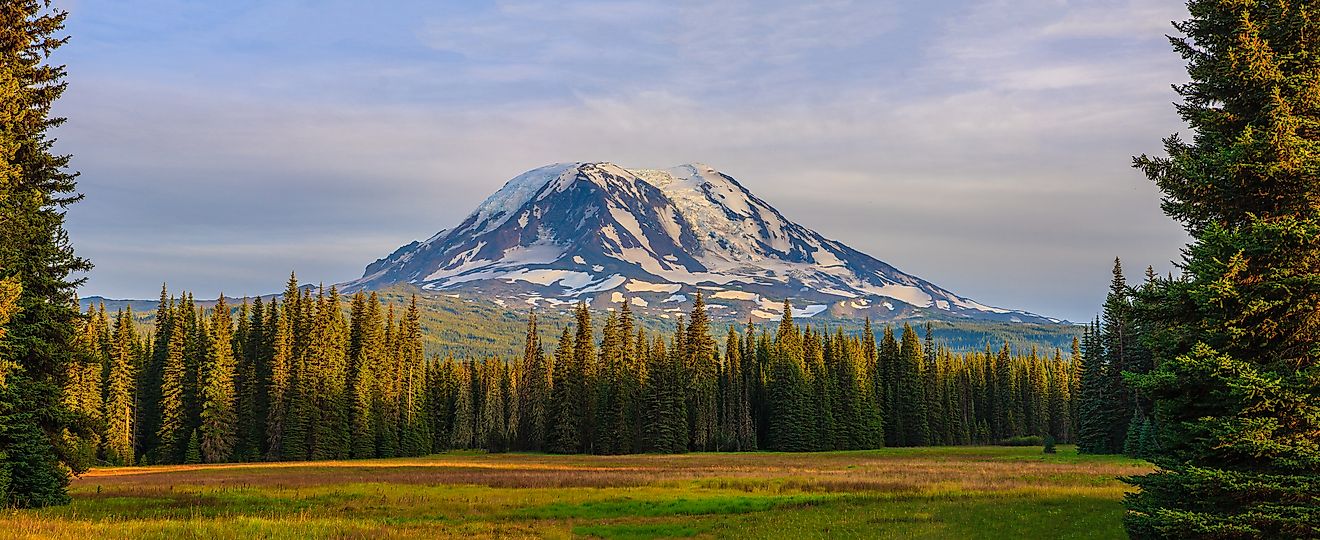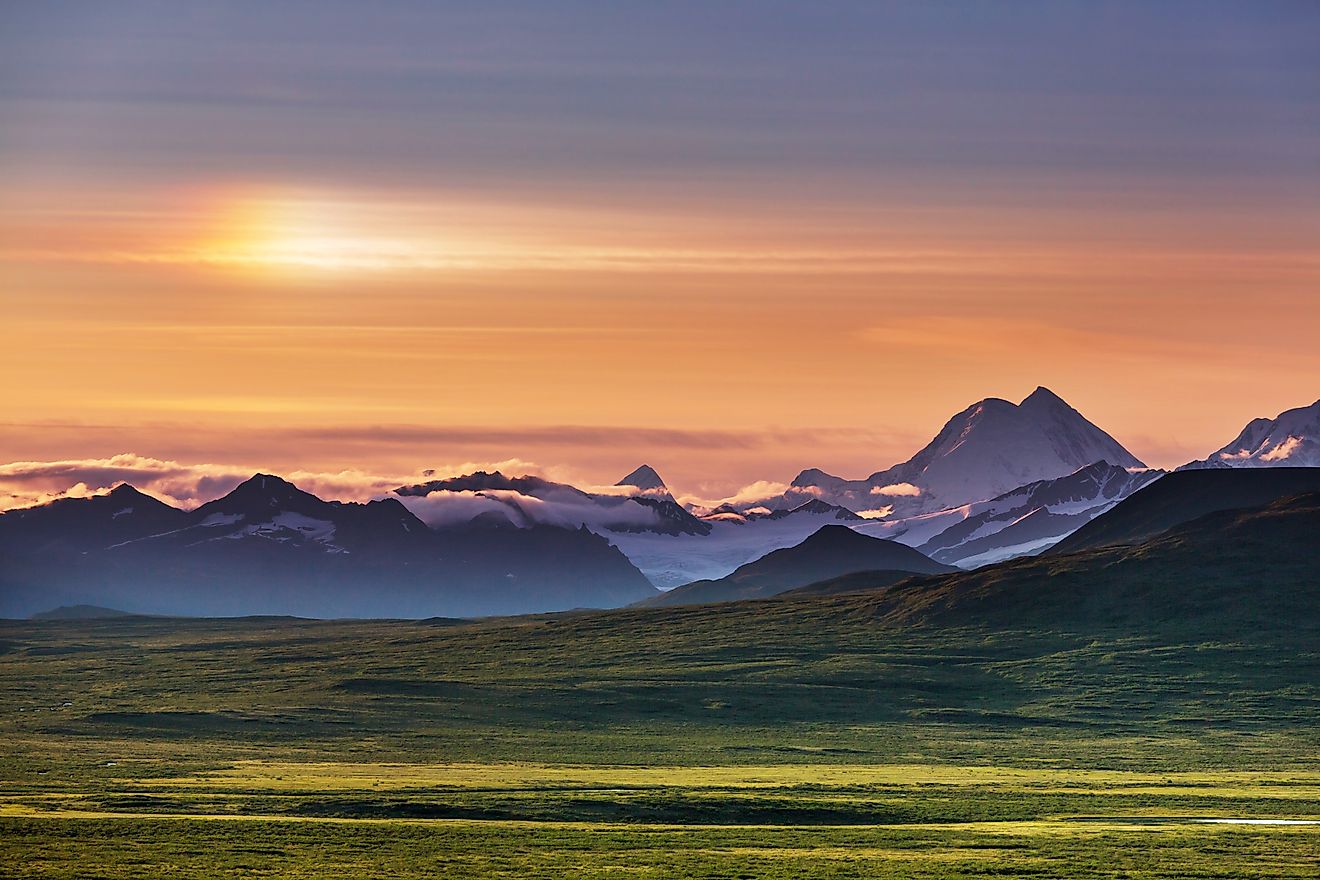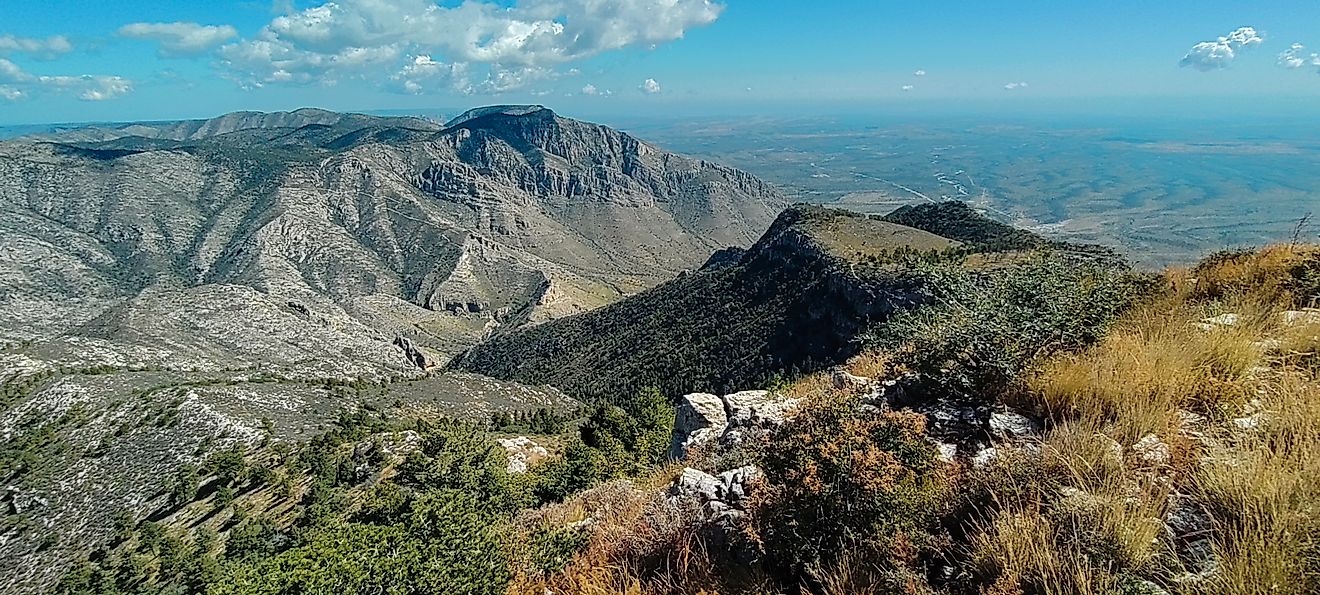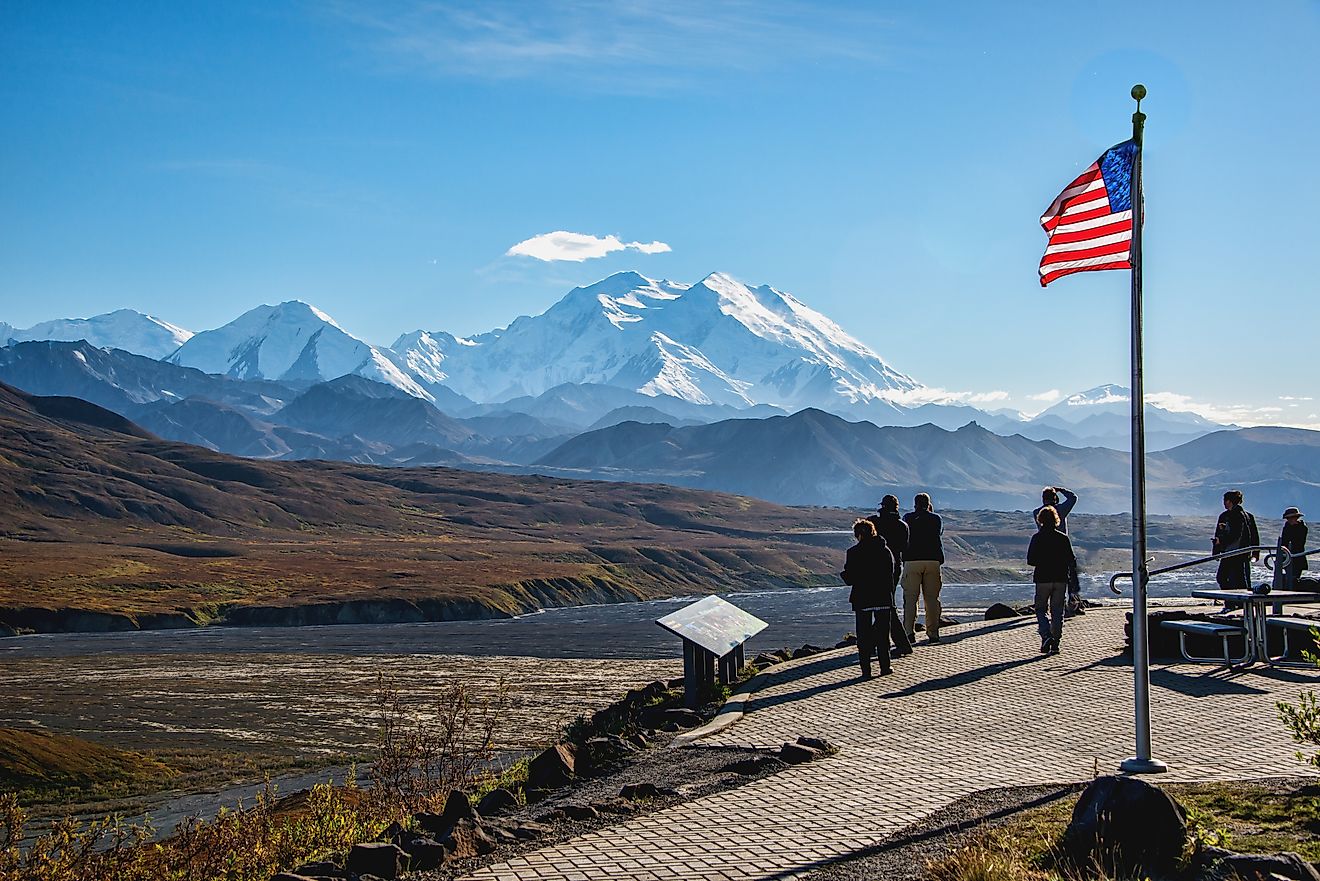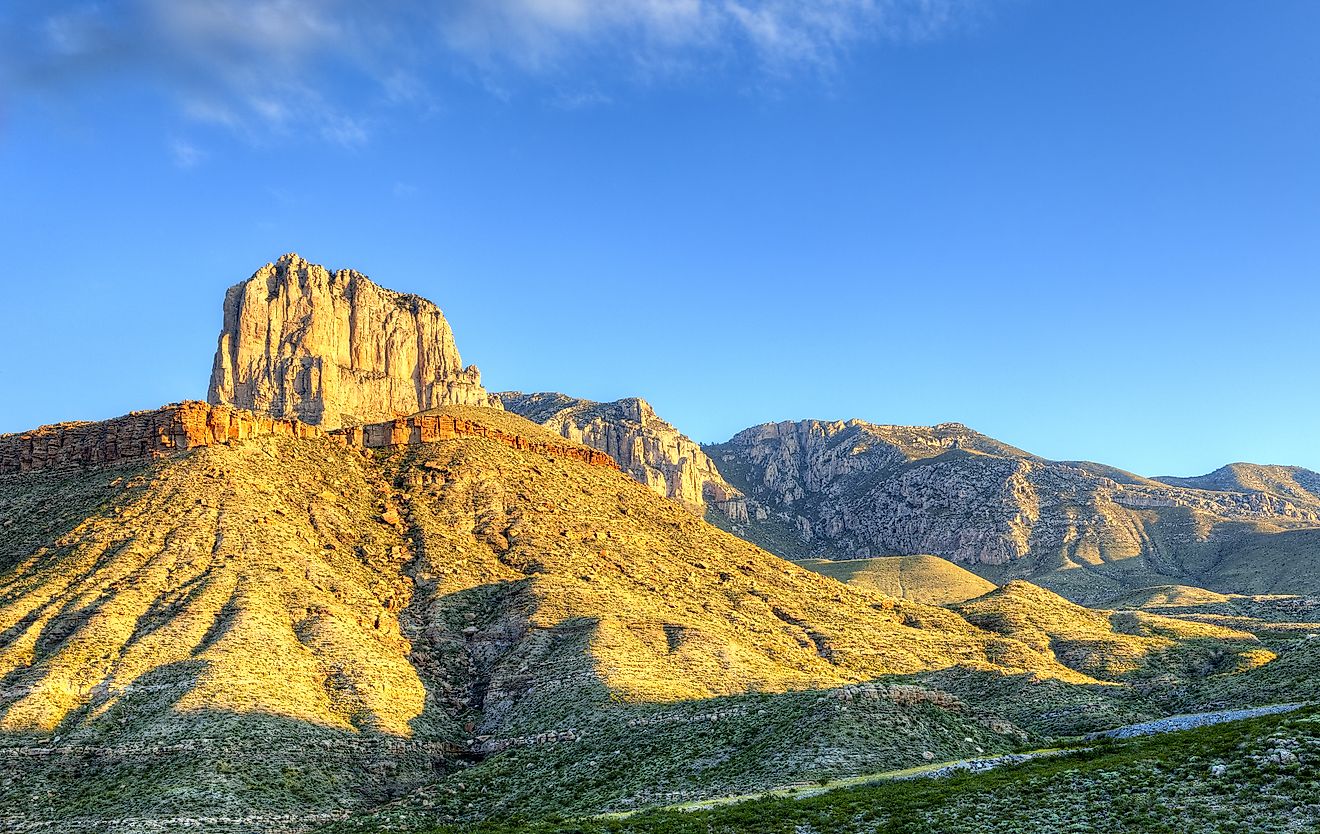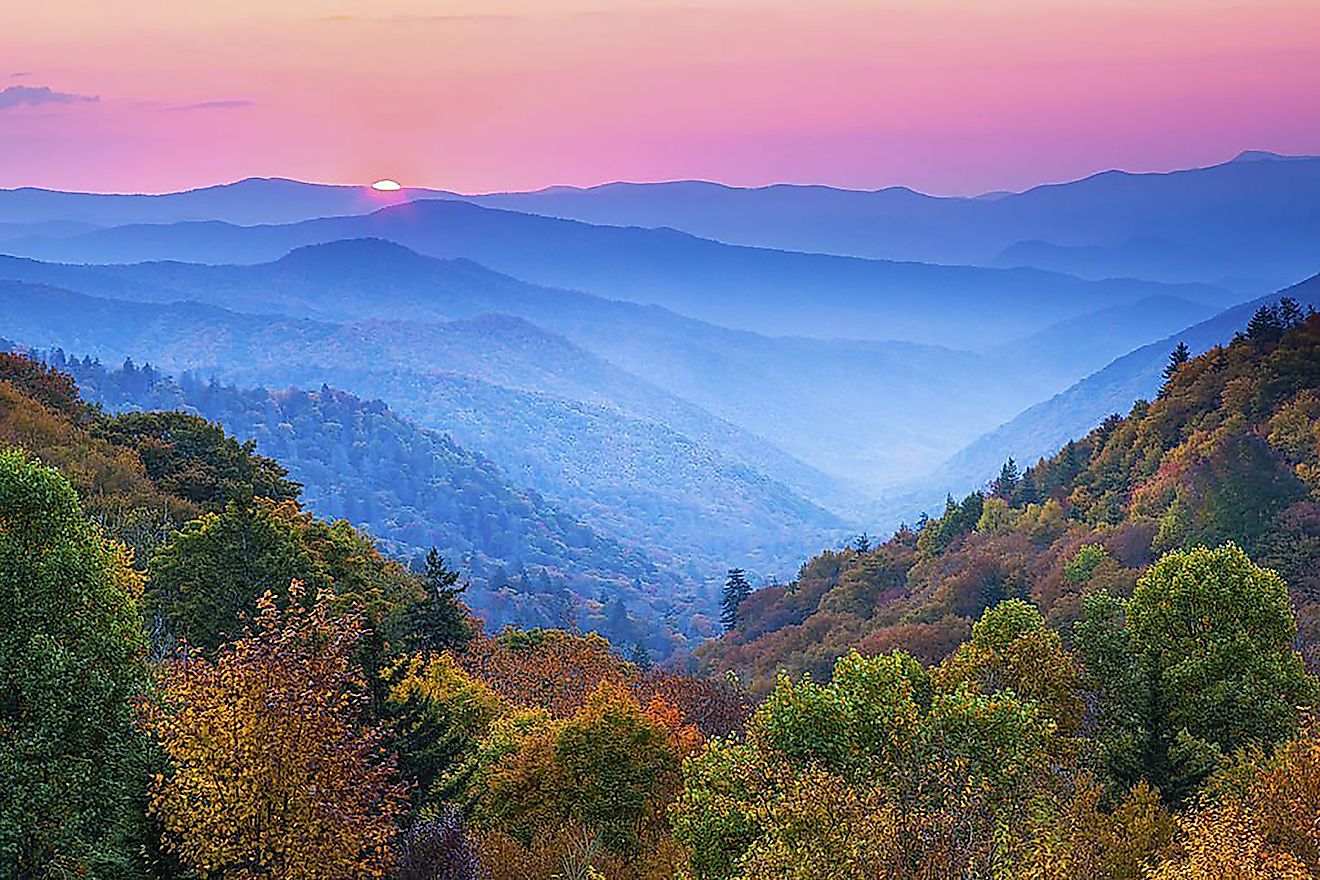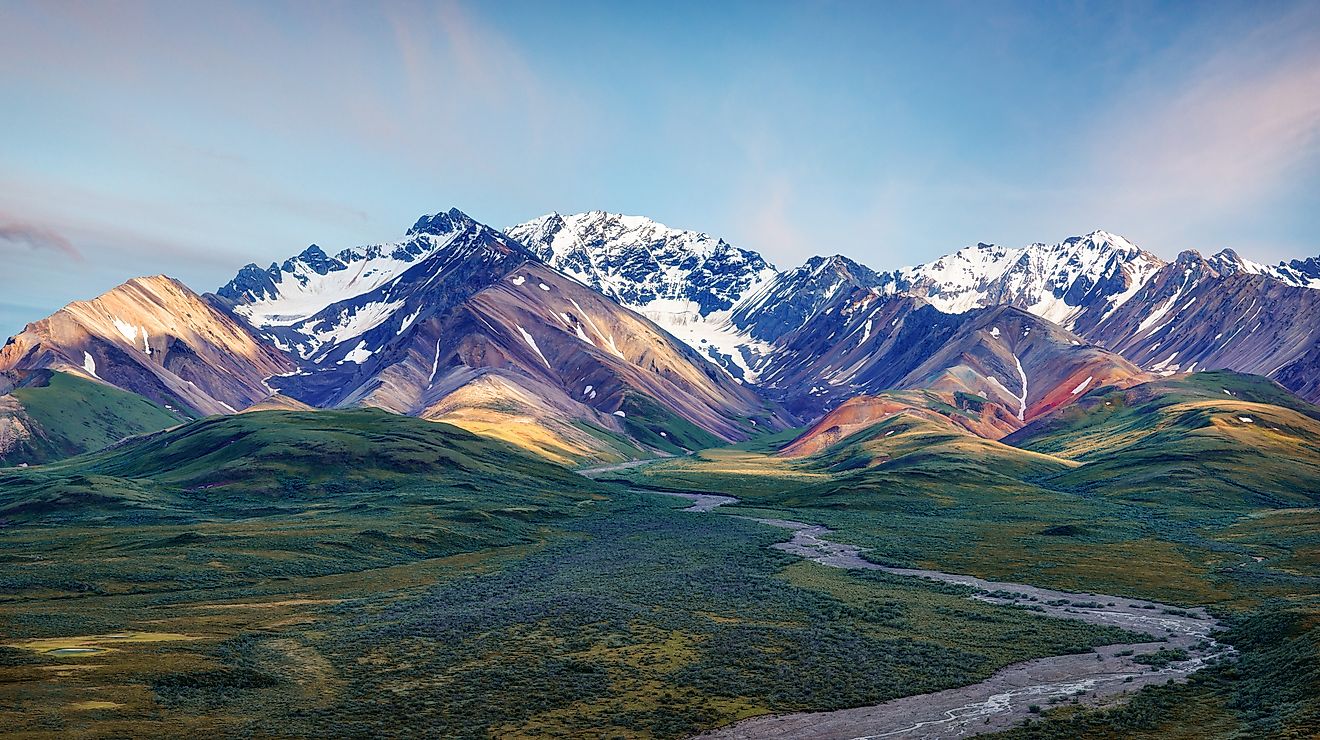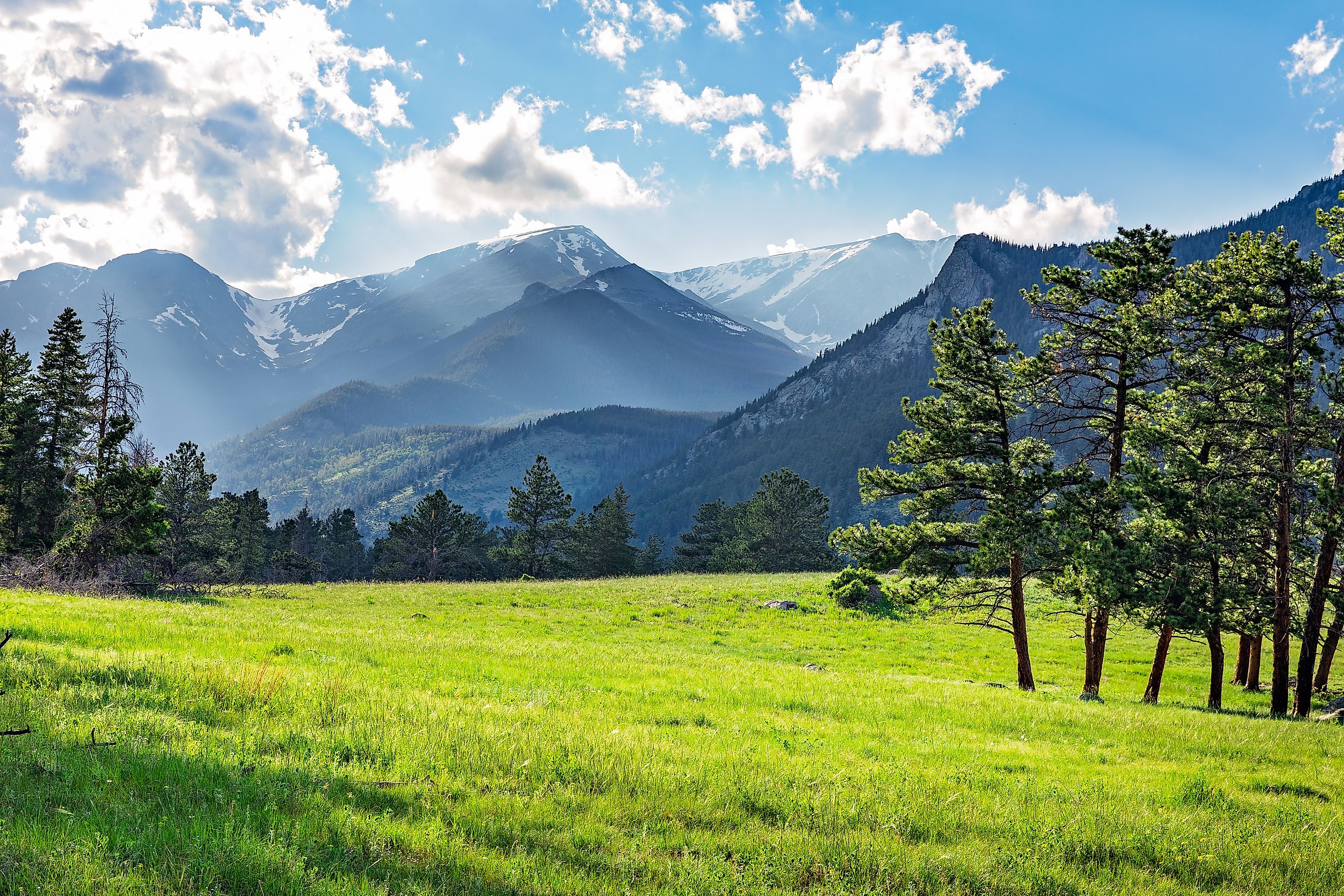
Rocky Mountains
The Rocky Mountains stand as one of the most remarkable and iconic mountain ranges in North America. Spanning over 3,000 miles from northern Alberta and British Columbia in Canada to New Mexico in the United States, the Rockies serve as the cordilleran backbone of the continent. With their jagged peaks, deep valleys, and dramatic geological history, the Rockies are an adventurer's paradise and a geological marvel, drawing visitors from across the globe to witness their towering beauty and diverse landscapes.
The Vastness of the Rockies
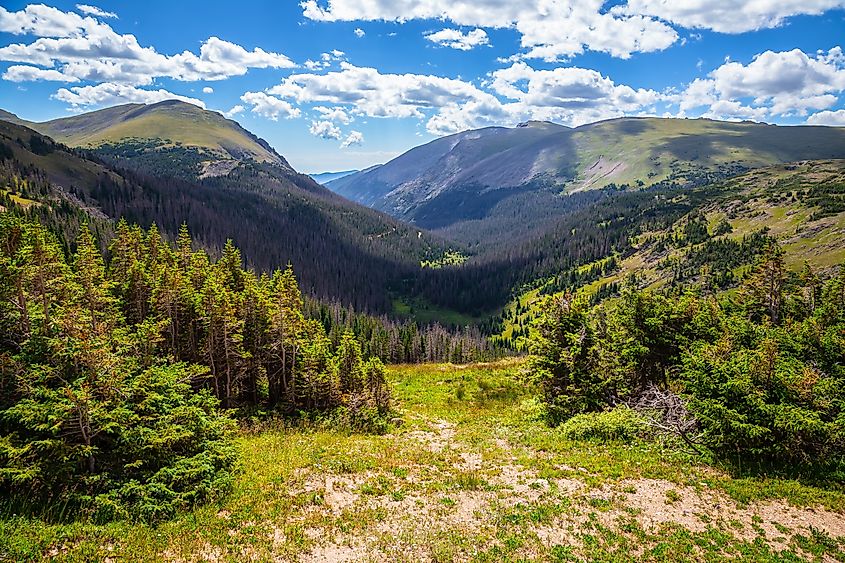
The Rocky Mountains encompass at least 100 distinct mountain ranges, which can be divided into four broad geographical regions. These include the Canadian Rockies, Northern Rockies, Middle Rockies, and Southern Rockies. Each of these subranges has its own unique character, shaped by millions of years of geological processes.
-
Canadian Rockies and Northern Rockies: Stretching from northern Alberta and British Columbia to parts of Montana and Idaho, these ranges are known for their dramatic landscapes, including the towering peaks of the Athabasca Glacier in the Columbia Icefield.
-
Middle Rockies: Including the Bighorn, Wind River, and Uinta ranges, the Middle Rockies are home to dramatic fault lines and deep basins, carved out by millions of years of volcanic and glacial activity.
-
Southern Rockies: Dominating Colorado and New Mexico, the Southern Rockies feature the highest peaks in the entire range, such as Mount Elbert, standing tall at 14,433 feet. These ranges are renowned for their alpine scenery and rich mineral deposits.
-
Colorado Plateau: Though not technically part of the Rockies, the Colorado Plateau is closely tied to the range, with its unique geological features, including the Grand Canyon and various mesas, buttes, and canyons.
A Geological Marvel
The Rockies' geological history is one of the most fascinating aspects of the mountain range. Shaped by tectonic forces, glacial activity, and volcanic eruptions, the formation of the Rockies is a story of immense power and transformation. This section delves deeper into the processes that shaped this majestic range.
Tectonic Forces at Play
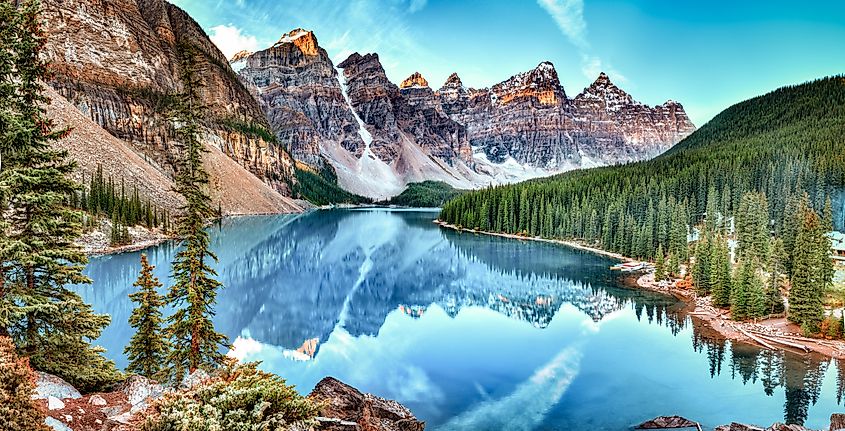
The Rockies were largely formed by the Laramide Orogeny, a significant mountain-building event that occurred between 65 and 35 million years ago. During this time, tectonic plates collided, causing massive shifts in the Earth's crust. In the Canadian Rockies and Northern Rockies, thick layers of limestone were thrust eastward over younger sedimentary rocks, creating some of the most dramatic landscapes in North America.
The tectonic activity continued to shape the range, leading to the uplift of massive mountain blocks and the formation of deep valleys. The Rocky Mountain Geosyncline, a vast depression in the Earth's crust, played a crucial role in this process. Over millions of years, this depression filled with sediment, which eventually became the rock formations seen today.
Glaciation and the Ice Age Impact
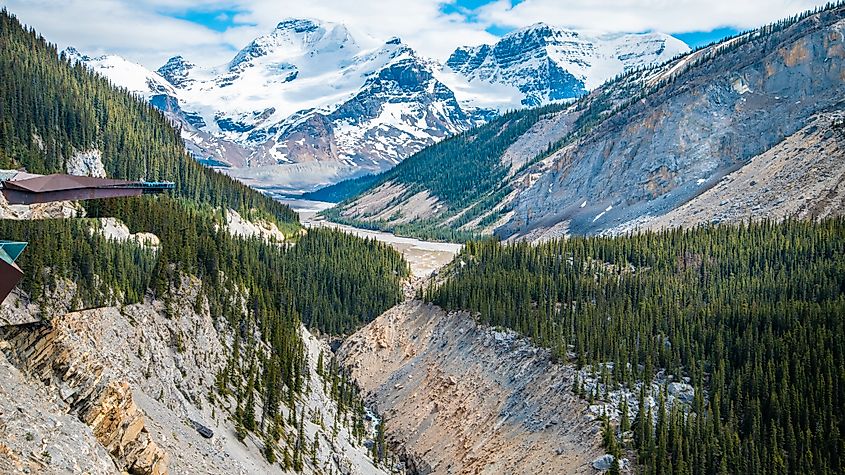
The Ice Ages played a pivotal role in sculpting the Rockies. During periods of glaciation, vast sheets of ice carved out valleys and fjords, depositing the jagged topography the Rockies are famous for. In the Canadian Rockies, glaciers like the Athabasca Glacier, part of the Columbia Icefield, were responsible for shaping dramatic landforms, including U-shaped valleys and sharp ridgelines. These glaciers continue to retreat today, but their influence on the landscape is still visible.
In the Southern Rockies, glaciers also left their mark, creating cirques, moraines, and hanging valleys. The sharp, knife-edged ridges and alpine lakes that dot the landscape are testaments to the power of the glaciers that once covered these mountains.
Volcanic Activity and the Yellowstone Caldera
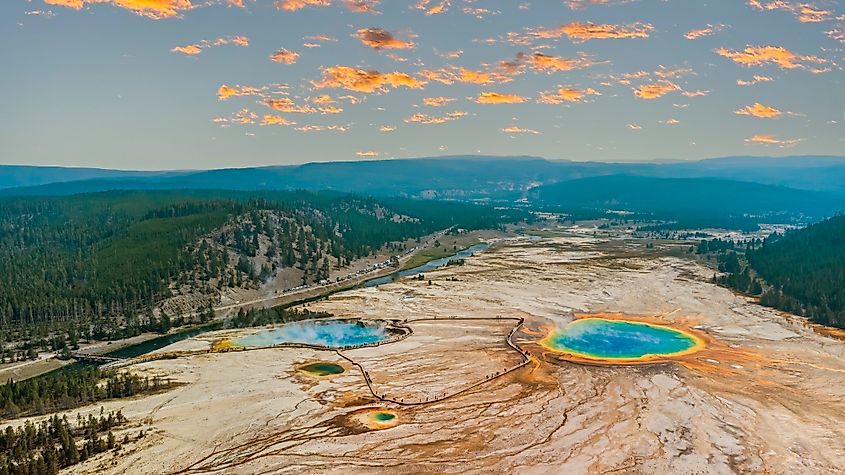
The Middle Rockies, particularly in the area around Yellowstone, reveal another aspect of the Rockies’ geological makeup: volcanic activity. Beneath Yellowstone National Park lies a massive magma chamber that has erupted multiple times over the past two million years. These volcanic eruptions, which expelled ash and lava across the landscape, are responsible for some of the distinctive features of the region, including geysers, hot springs, and volcanic plateaus.
The land in Yellowstone continues to rise due to the ongoing activity of the magma chamber beneath it. This volcanic influence remains a central feature of the region’s geology, shaping both its terrain and its ecosystems.
Faulting and Erosion
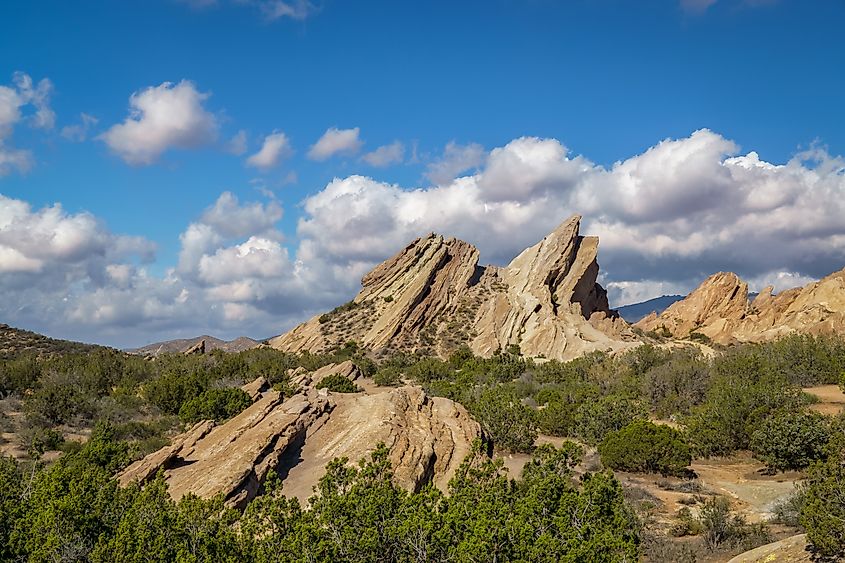
Along with tectonic activity and glaciation, faulting and erosion have been integral in shaping the Rockies. The Middle Rockies, in particular, feature dramatic fault lines, such as the Teton Fault in Wyoming, where the Teton Range has risen more than 20,000 vertical feet relative to the valley floor. This faulting creates steep ridgelines, towering peaks, and deep canyons, providing the rugged terrain that is characteristic of much of the region.
Erosion, often fueled by ice and water, has continued to carve and shape these mountain ranges, deepening valleys, forming waterfalls, and creating stunning rock formations that attract climbers and hikers.
A Diverse Ecosystem
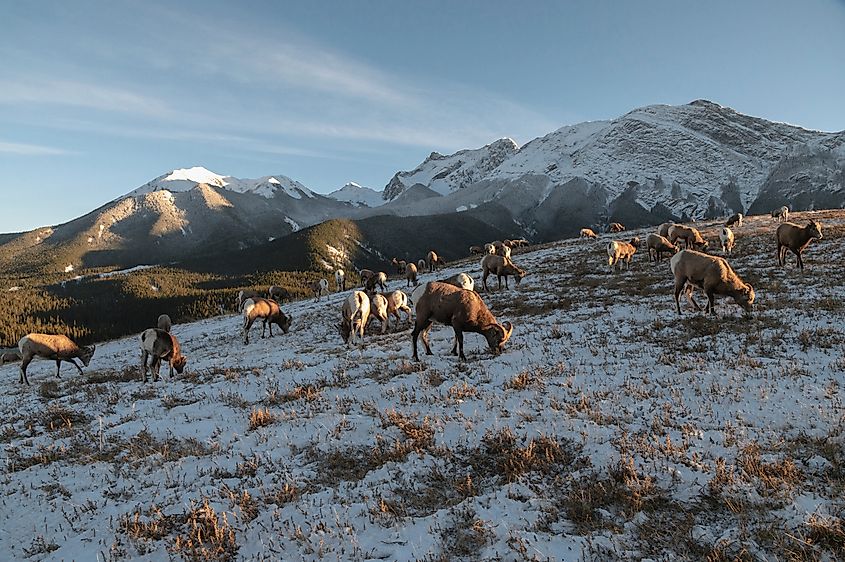
The diverse topography and altitude of the Rockies result in a range of climates and ecosystems, from the arid, desert-like conditions in the southern portions of the range to the snowy, alpine regions to the north.
Climate Zones
The climate of the Rockies varies dramatically across the range. In the southern Rockies, the climate is semi-arid, with hot summers and cold winters. The northern Rockies, however, receive significantly more precipitation, creating a cooler, more temperate environment. Snowfall is common in both areas, and some peaks remain snow-covered year-round.
Flora and Fauna
As one of the most biologically rich regions in the United States and Canada, the Rockies are home to a wide variety of plant and animal life. The forests are dominated by pine, spruce, and fir trees at higher elevations, while lower elevations support sagebrush and other desert vegetation.
The fauna of the Rockies includes iconic species like elk, mountain goats, and bighorn sheep, as well as more elusive creatures like the wolverine and grizzly bear. The region’s rivers and lakes are home to a variety of fish, including the rainbow trout and Arctic grayling.
Native Peoples and Modern Settlements
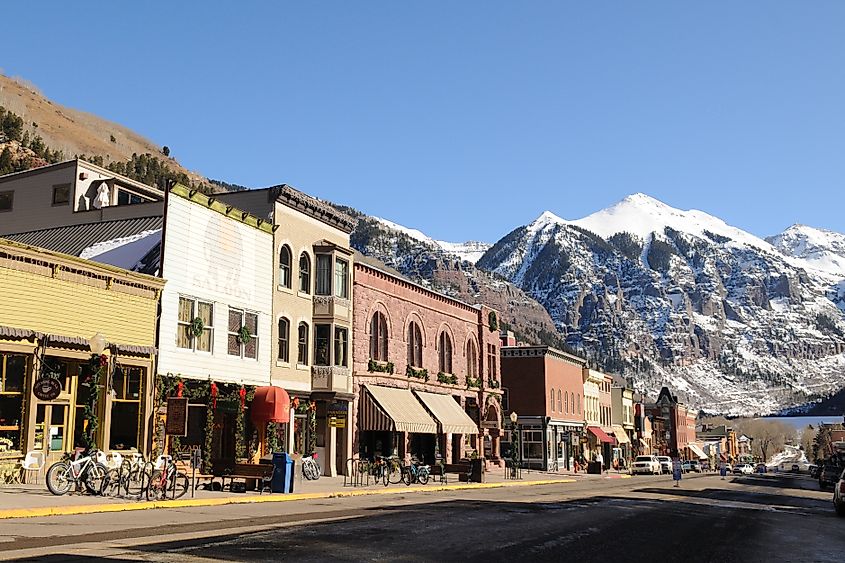
The human history of the Rockies stretches back thousands of years, with Native American tribes such as the Shoshone, Ute, and Navajo making the mountains their home long before European settlers arrived. These indigenous peoples adapted to the harsh conditions of the mountains, relying on the land for food, shelter, and spiritual significance.
European exploration of the Rockies began in earnest in the 16th century, with figures like Zebulon Pike and John C. Fremont contributing to the early mapping of the region. The discovery of gold and other valuable resources in the 19th century led to a rush of settlers and miners, many of whom established towns and cities at the base of the mountains. Today, the region's economy is driven by industries such as mining, tourism, and agriculture, with cities like Denver, Salt Lake City, and Calgary serving as cultural and economic hubs.
The Rockies in Popular Culture
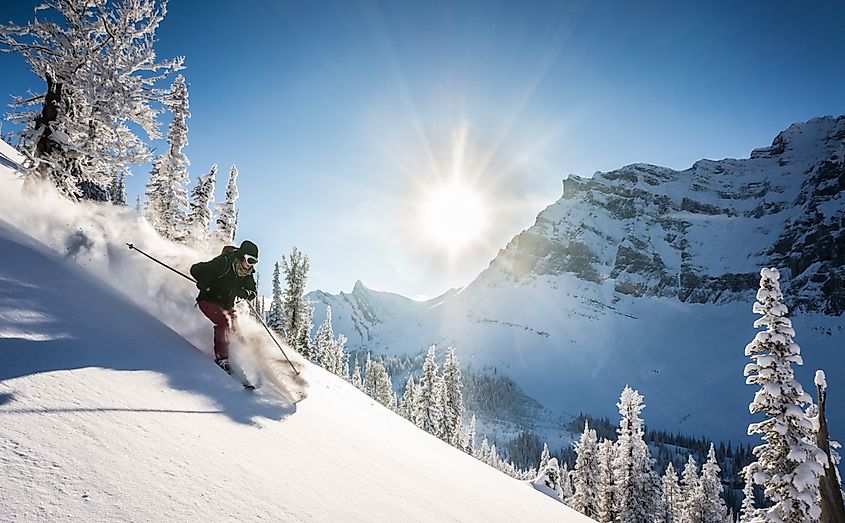
The Rocky Mountains have long been a symbol of adventure and natural beauty, drawing artists, poets, and explorers to capture their rugged charm. In modern times, the range continues to serve as a mecca for outdoor enthusiasts, offering world-class skiing, hiking, climbing, and wildlife viewing. From the snow-capped peaks of Colorado to the volcanic wonders of Yellowstone, the Rockies are a landscape that promises both serenity and exhilaration for those who venture into their wilds.
The Importance of the Rockies
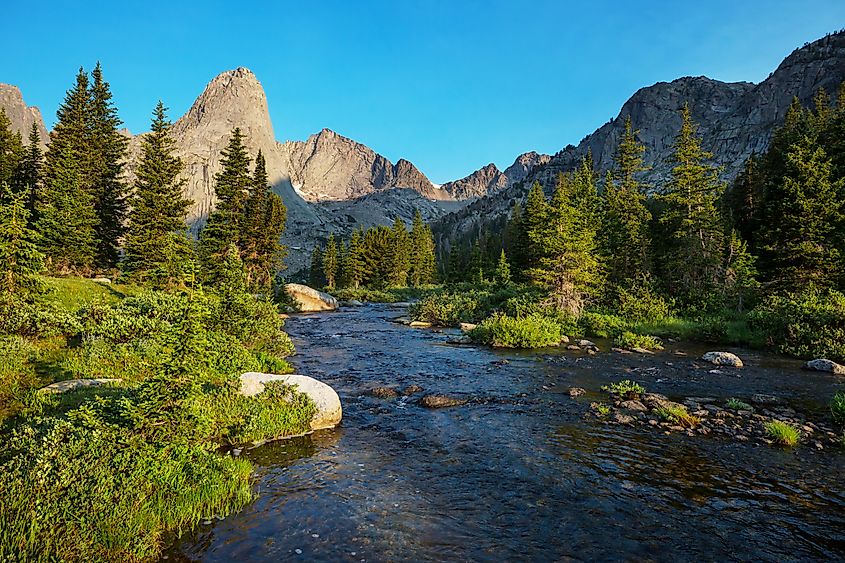
Beyond their breathtaking beauty, the Rockies play a crucial role in the environment and economy of North America. They serve as a critical water source for millions of people in the western United States and Canada, with numerous rivers originating from their peaks. Additionally, the minerals and natural resources found in the Rockies have been vital to the economies of the surrounding regions for over a century. From coal and oil to precious metals, the Rockies continue to be an economic powerhouse.
In recent years, however, the region’s environmental health has come under scrutiny, particularly in relation to mining, water diversion, and the impacts of climate change. As the glaciers continue to retreat and ecosystems shift, efforts to balance development with conservation are becoming increasingly important.
